Sao Paulo Faces Severe Water Shortage
New conditions of supply and demand in the world’s ninth-largest city.
By Codi Kozacek
Circle of Blue
Failed rains and the water demands of 20 million people have collided to create the worst water crisis on record in Sao Paulo, Brazil’s largest city. Sao Paulo received less than half of its average rainfall during January, February, and March — a time when the city usually receives almost 80 percent of its average annual precipitation. Reservoir levels in the water system that supplies nearly half of the metropolitan area’s residents are at historic lows just as the region enters its traditional dry season, with little relief in sight until rains return in October.
The Sao Paulo water crisis embodies the growing challenge that the world’s largest urban areas confront — providing water to massive populations, sharing water fairly between industrial, agricultural, and municipal users, and doing so in an era of climate change.
“We have to supply water for 20 million people, and there is no water.”
–Monica Porto, engineering professor
University of Sao Paulo
To improve the city’s resilience, there will need to be significant changes in the way that Sao Paulo supplies and uses water, in addition to land-use practices in the source watersheds, experts say. Those changes require demand management and improved water efficiency, as well as the construction of more capacity in the city’s Cantareira reservoir network — a politically touchy proposition that is already creating tensions with users in Rio de Janeiro, Brazil’s second-largest city that is 430 kilometers (270 miles) to the east.
Water levels in the Cantareira reservoirs, the largest source of water for Sao Paolo’s metropolitan region, have fallen to just 8.9 percent capacity. Cantareira supplies 9 million people in Sao Paulo and another 5 million in its source river basins.
So far, the state-run water utility, SABESP, has avoided rationing by giving residents discounts on their water bills in return for reduced water usage. SABESP hopes those steps will be sufficient, when coupled with the completion of an $US 80 million emergency project to pump water from the bottom of the Cantareira reservoirs, below the normal intake valves. The pumping project came online May 15.
Other communities near Sao Paulo, such as Guarulhos, have been forced to cut water availability for residents, while industries in the metropolitan region are turning to back-up groundwater supplies. In Cantareira’s heavily developed source river basins, utilities are negotiating with cattle ranchers and manufacturers to reduce their water use. Meanwhile, hydropower reservoirs, which supply about 80 percent of Brazil’s electricity, are just 38 percent full in the country’s southeast and midwest regions. The state-owned energy company has been buying record amounts of liquefied natural gas (LNG) to compensate for the shortage of hydropower, according to Bloomberg News.
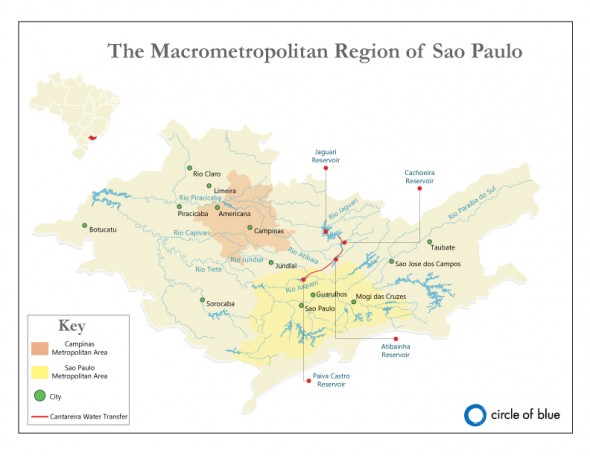
Map: Sao Paulo depends on an interbasin water transfer to supply nearly half of its drinking water. The transfer, through a series of tunnels and reservoirs, takes water from the neighboring Piracicaba, Capivari, and Jundiai river basins that also supply water to the Campinas metropolitan area. Click image to enlarge. Graphic by Codi Kozacek / Circle of Blue
All of these challenges test Brazil’s water-management system, arguably one of the most advanced in the world. Brazil established a network of watershed governance committees in 1998 to oversee the country’s vast freshwater supply as it ramps up agricultural, hydroelectric, and industrial production. For now, the committees in the Sao Paulo region are prioritizing one goal: making sure residents have enough water to drink.
“Right now, we are in a very complicated situation,” said Monica Porto, a professor of water and environmental engineering at the University of Sao Paulo. “It’s not a small city. We have to supply water for 20 million people, and there is no water. Rather, there is water, but the water utility is having to take a lot of different measures to reduce consumption.”
Worst Drought on Record
Sao Paulo is perched on a plateau, more than 700 meters (2,300 feet) above sea level on Brazil’s eastern coast. The city is at the headwaters of the Alto Tiete Watershed, which — like all other rivers in the region — runs toward the country’s interior. This means that there is not as much water in the metropolitan area as there is further downstream. The city’s remedy is to pump 33 cubic meters (8,700 gallons) of water per second back upstream from the Piracicaba, Capivari, and Jundiai river basins through Cantareira’s 48 kilometers (30 miles) of tunnels and six reservoirs. It also relies on five smaller reservoir systems that source water from within the Alto Tiete Basin.
“It’s an issue of a very large population concentrated in a very small area. And concentrated in an area where the water availability per capita is not that huge,” Porto told Circle of Blue.
“Basically in the last 20 years, the stream flow was very low.”
–Carlos Lima, engineering professor
University of Brasilia
The metropolitan region, comprised of 39 individual municipalities, has little ability to source more water from its current supplies. The city’s integrated water-supply systems are capable of producing 70.34 cubic meters (18,580 gallons) of water per second, according to Sao Paulo’s Master Plan for Water Resources that was published last October. The current demand for domestic water supply is 69 cubic meters (18,230 gallons) per second. The balance between supply and demand is adequate under normal circumstances, but it leaves very little room to accommodate shocks like a major drought.
Meanwhile, the current drought is the worst in the 80 years that records have been kept, Porto said. Moreover, future demand is estimated at 82 cubic meters (21,660 gallons) per second by the year 2035.
“What we usually expect is that, by the end of the dry period, the reservoirs are low. And then comes the summer wet period, and we end the wet period with the reservoirs almost full, and this is sufficient to go through the next dry period,” she said. “What happened last year was, in October, the situation was normal — the [reservoir] capacity was around 40 percent of the total. Then we had a very, very dry summer.”
Areas of Sao Paulo state and bordering Minas Gerais state received between 200 and 500 millimeters (7.8 and 19.7 inches) less rain than the long-term average during the period between January and March 2014, typically three of the region’s wettest months. Temperatures also soared — January was the hottest month on record in Sao Paulo — prompting higher use of both water and electricity.
“It simply didn’t rain,” Porto said. “It was amazing. Usually, we are used to having floods in the summer.”
While the brunt of the drought began last October, there is evidence that the drying trend started well before then.
“This area really needs to import water from other watersheds.”
–Alceu Guerios Bittencourt, president
ABES-SP
“When you look at the stream flow data series, basically in the last 20 years the stream flow was very low,” said Carlos Lima, professor of water engineering at the University of Brasilia. “It was consistently below the average, and that’s one reason [for the water shortage]. Another one is demand is just increasing, especially since 2009, and that is pushing the system also.”
In fact, annual inflows to the Cantareira system — again, which provides approximately half of the city’s water supply — were below the long-term average 15 of the 17 years between 1997 and 2013, according to data compiled by Lima.
Climate change, particularly in its capacity to generate more intense meteorological events, is a growing concern in Sao Paulo. There has been much discussion about it among city managers, but those discussions have not yet been translated into adaptation measures, according to Alceu Guerios Bittencourt, president of the Sao Paulo chapter of the Brazilian Association of Sanitary and Environmental Engineering (ABES-SP).
“We recognize that we likely have something happening here, but we still don’t have any kind of model or new legislation about [climate change],” Bittencourt told Circle of Blue. “We are right now discussing it in the plans that are being developed.”
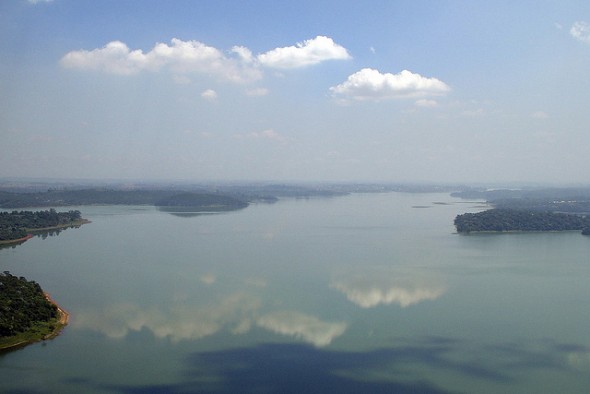
Despite having a number of water-supply systems and reservoirs — including the massive Billings Reservoir — water experts say Sao Paulo will need to explore new sources of water to meet growing demand. Curbing that demand and improving water efficiency is also critical. Click image to enlarge. Image courtesy of Ha1000 via Flickr Creative Commons
Water Transfers and Interbasin Cooperation Are Essential
Due to the sheer size of the population and the risk that severe droughts and heat waves could become more frequent with climate change, Porto and other experts say that more interbasin water transfers will be essential for Sao Paulo’s water security. In April, the city started construction on a transfer project that will bring approximately 5 cubic meters (1,320 gallons) of water per second from the São Lourenço River Basin. The area is relatively sparsely populated, but another transfer project has been proposed to siphon water from the Paraíba do Sul River, pushing it through the Cantareira system. Water from the Paraiba do Sul is already transferred to provide water to 8 million people in Rio de Janeiro. This proposal has been met with stiff opposition from Rio’s water users.
“There is always political conflict. Expansions of the system can be done, but they are very difficult and require extensive negotiations with other cities.”
–Monica Porto, engineering professor
University of Sao Paulo
“There is always political conflict,” Porto said. “Expansions of the system can be done, but they are very difficult and require extensive negotiations with other cities. We will have to do it. We will have to have positive results. We need to expand our supply not because we need more water, but because we will need more water security. We have to have these solutions ready, just for safety.”
Negotiations for water transfers are conducted through the extensive water-management framework that was set up by Brazilian law in 1998. The law created watershed committees which represent the industrial, agricultural, and municipal interests in each river basin. In addition, state and federal water agencies have the power to grant water licenses to users like farmers, factories, and utilities, giving them jurisdiction to negotiate and license water transfers. The license allowing the Sao Paulo state water utility, SABESP, to operate the Cantareira system was scheduled to be renegotiated this year. However, the drought has postponed the talks until next year, at which point the relevant water agencies will decide how much water the utility can take from the PCJ river basins.
“They decided that there was no sense in discussing the sharing of the water in a situation where there is no water,” Porto said. “They have a much more immediate problem. They have to use the time not to discuss the future of the system but to discuss the current situation… The situation is so bad that the watershed committees can do very little. They can only help in deciding that everyone in both watersheds has to reduce consumption.”
The watershed committees are effective at providing a forum to resolve conflicts between water users, even if they don’t always function exactly as the law intended, according to Bittencourt. They will be essential for negotiations about future water supplies in Sao Paulo.
“This area really needs to import water from other watersheds,” he told Circle of Blue. “This has been a reality here for several decades already and is always a big challenge. We really need new sources. At the same time, it is necessary to improve the efficiency of the system. Another big challenge is to protect the water sources.”
Demand Management, Efficiency, and Watershed Protection Also Necessary
Demand management will be critical in the next several months as SABESP tries to avoid water rationing. It has offered a 30 percent discount to water users who reduce their consumption by at least 20 percent. In the past month, 37 percent of customers reached the goal, while 76 percent reported following a water-saving program.
“The sustainability of the system depends on good demand management, and a good crisis is a good example of why we need to invest in demand management,” Porto said. “Part of demand management is to explain to the population how to reduce consumption. It is very difficult for everyone who is not a technical person to understand, ‘Why do I have to save water?’”
SABESP is also trying to improve the efficiency of its sprawling water-distribution network. The amount of water that is lost during distribution hovered around 32 percent a decade ago and has now reached 25 percent, according to Porto. But the utility faces other challenges as well — such as a population shift toward the suburbs that is requiring the utility to extend water lines without the added revenue from new customers. Droughts and floods, which often increase the costs of water treatment, can also put a strain on the utility’s finances.
“More and more, the most valuable product we have in this region is water.”
–Fernando Veiga, water program coordinator
The Nature Conservancy, Brazil
Outside of the city, a water fund program led by The Nature Conservancy is working to restore native forest at the headwaters of the PCJ basins, which feed the Cantareira system. Since the 18th century, industrialization and the expansion of cattle ranching has left 70 percent of the land in these headwaters in some state of degradation.
Restoring forest cover improves water quality and tempers the differences in river flow between wet and dry seasons, helping to guard against increasingly intense droughts and floods, according to Fernando Veiga, water fund program coordinator for The Nature Conservancy in Brazil. Water funds have already been set up in other cities in South America to allow water users— such as businesses and metropolitan utilities— to pay upstream landowners to restore and protect their forests.
“We are trying to make the case here that, more and more, the most valuable product we have in this region is water,” Veiga told Circle of Blue. “And so we have to have land use which is better for water. That is the biggest challenge here: to show the landowners, decisionmakers, and users that the best thing to do in a place where water is the most valuable is to have land use that is better for water production.”
Still, in Sao Paulo’s case, conservation efforts will be just one part of a larger solution.
“At this point, they have to look at all the alternatives they have,” he said. “For sure, taking care of the watershed should be a priority. It really can attenuate the flow between the wet and dry season, and it really can reduce water-treatment costs. This should be a combined approach for sure, but it’s difficult to argue at this point that if they just restore the watershed this will be enough.”
Special thanks to Marcelo Betti, a Traverse City-based attorney, for help with Portuguese translations.
A news correspondent for Circle of Blue based out of Hawaii. She writes The Stream, Circle of Blue’s daily digest of international water news trends. Her interests include food security, ecology and the Great Lakes.
Contact Codi Kozacek

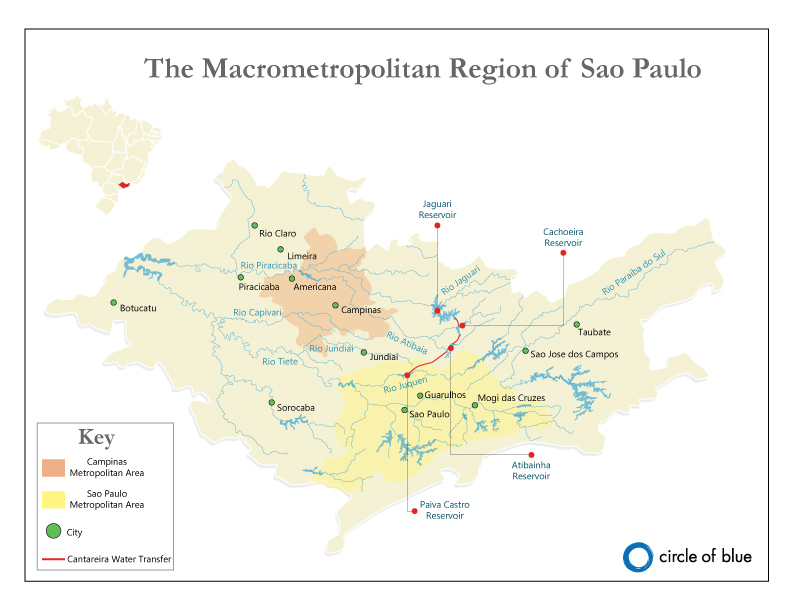
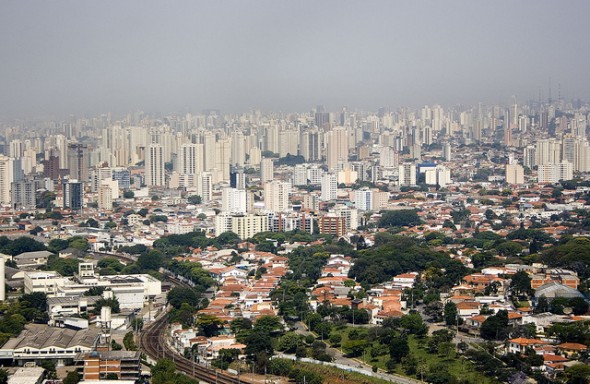

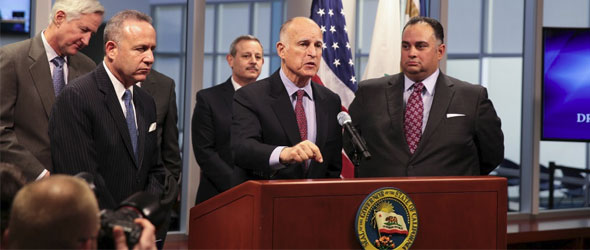
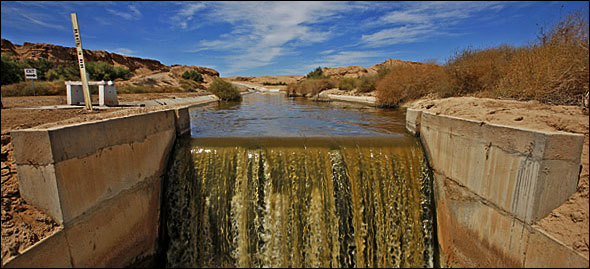

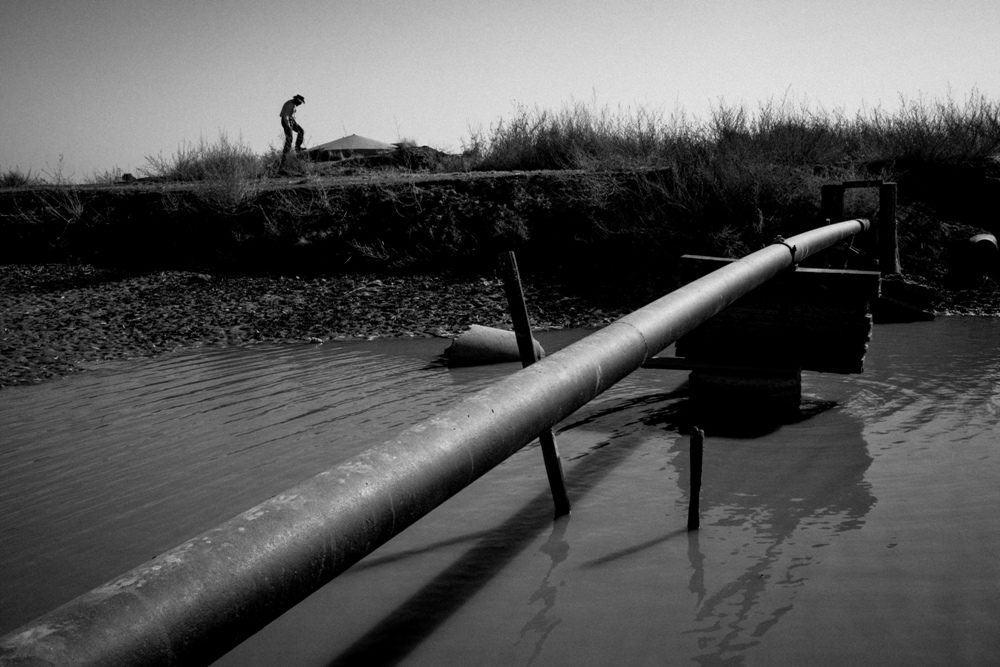

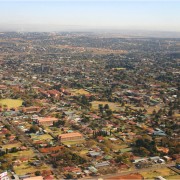



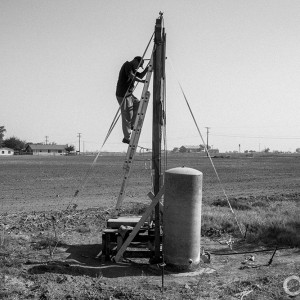
Excellent article!!! Similar supporting news/article from other sites –
(1) http://phys.org/news/2014-05-future-thirst-crisis-lies-horizon.html
(2) http://humansarefree.com/2014/05/alarming-billionaires-and-mega-banks.html
:-o